10 Symptoms of Knee Pain
Knee pain is a common complaint that affects people of all ages. It can result from an injury, such as a torn ligament or cartilage, or from medical conditions like arthritis, gout, or infections. In this article, we will explore 10 common symptoms of knee pain and when to seek medical attention.
Swelling and Stiffness
Swelling is a common symptom of knee pain and can be caused by inflammation, fluid buildup, or bleeding within the joint. Stiffness often accompanies swelling and can make it difficult to bend or straighten the knee[[1]].

Advertisement
Redness and Warmth
Redness and warmth around the knee can indicate inflammation or infection. This symptom may be accompanied by fever, chills, or other signs of infection[[2]].
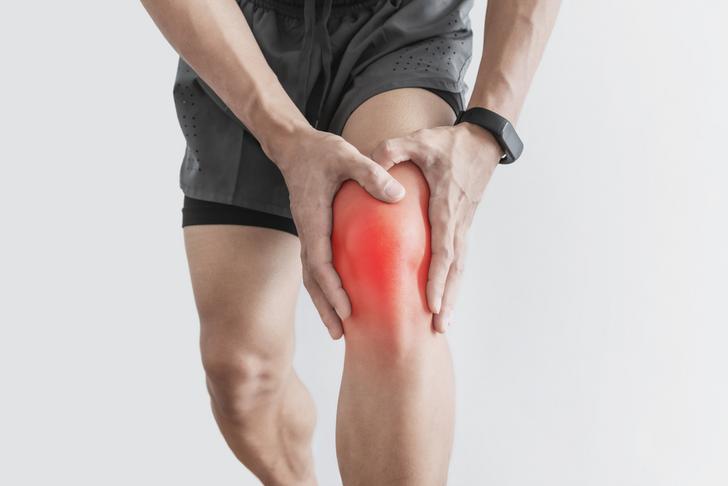
Advertisement
Weakness or Instability
If your knee feels weak or unstable, it may be due to a ligament injury or muscle weakness. This can cause the knee to give out or buckle when you put weight on it[[1]].
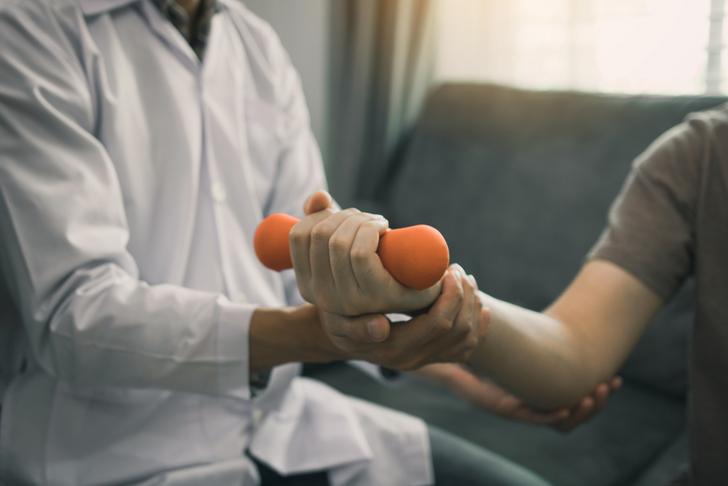
Advertisement
Popping or Crunching Noises
Hearing a popping or crunching sound when you move your knee can be a sign of a torn meniscus or cartilage damage. This symptom is often accompanied by pain and swelling[[2]].
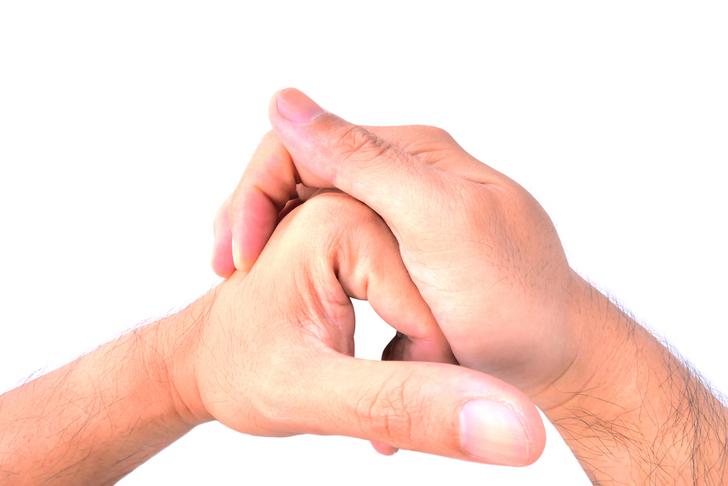
Advertisement
Inability to Fully Straighten the Knee
Difficulty straightening the knee completely can be a sign of a knee injury or arthritis. This symptom may be accompanied by pain, swelling, and stiffness[[1]].
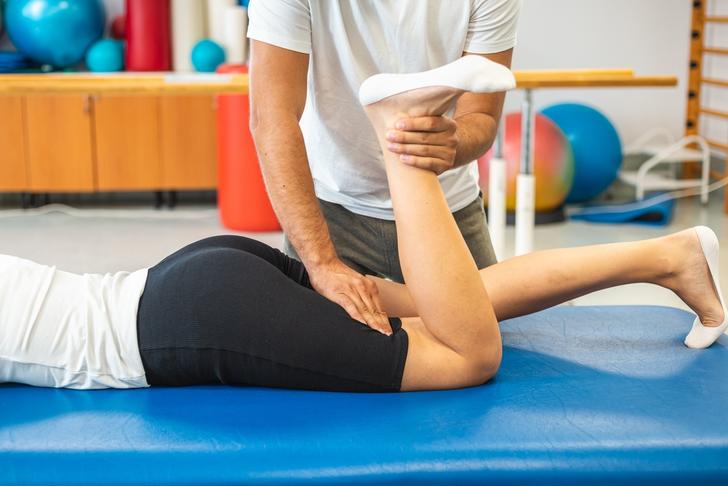
Advertisement
Pain When Bearing Weight
Experiencing pain when putting weight on the knee can be a sign of an injury or a degenerative condition like arthritis. This symptom may worsen with activity and improve with rest[[2]].

Advertisement
Pain at Rest or at Night
Knee pain that occurs at rest or during the night can be a sign of an inflammatory condition like arthritis or an infection. This symptom may be accompanied by swelling, redness, and warmth[[3]].
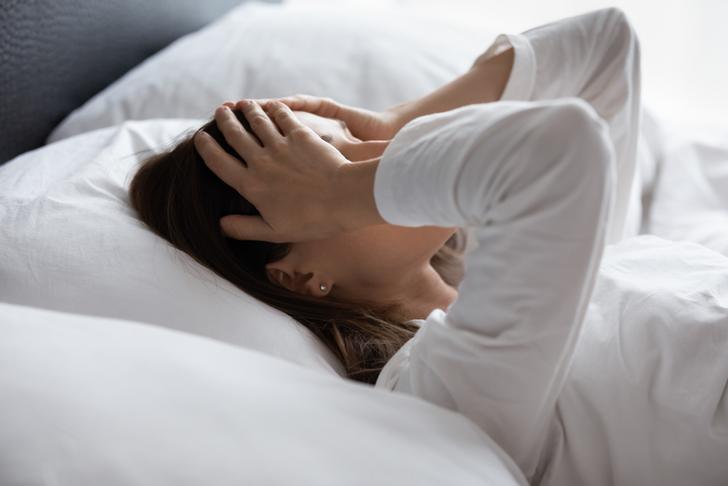
Advertisement
Limited Range of Motion
A limited range of motion in the knee can be a sign of an injury, arthritis, or other medical conditions. This symptom may make it difficult to perform daily activities like walking, climbing stairs, or getting up from a seated position[[1]].
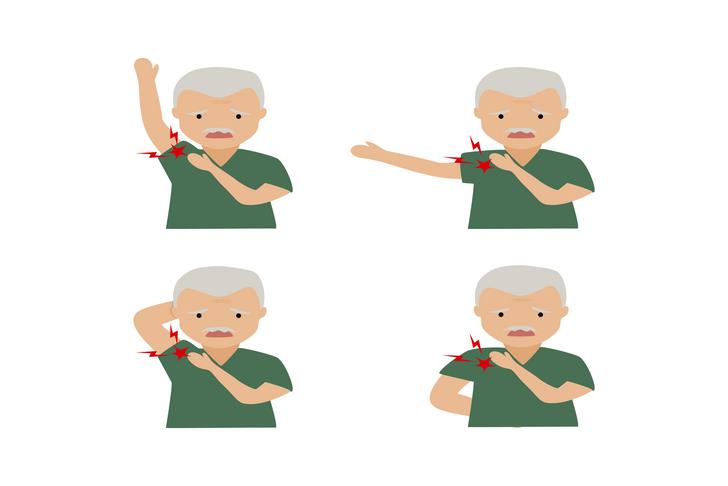
Advertisement
Locking of the Knee
If your knee locks or gets stuck in one position, it may be due to a torn meniscus or loose body within the joint. This symptom can make it difficult to move the knee and may require medical intervention[[2]].
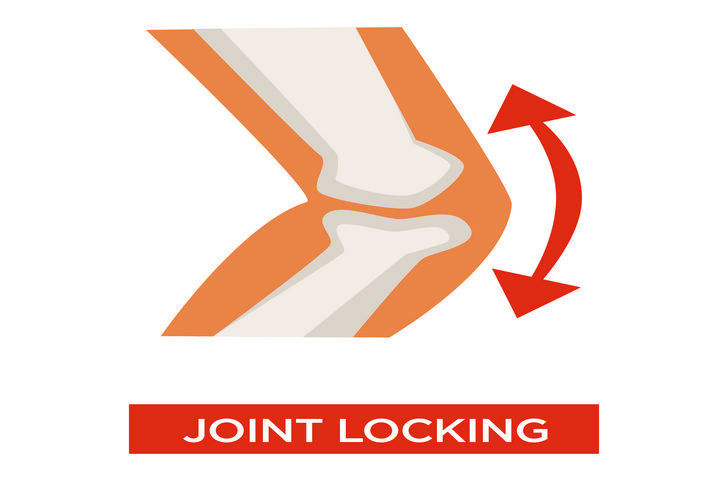
Advertisement
Deformity
A visible deformity of the knee, such as a change in its shape or alignment, can be a sign of a fracture, dislocation, or severe arthritis. This symptom may be accompanied by pain, swelling, and difficulty moving the knee[[3]].
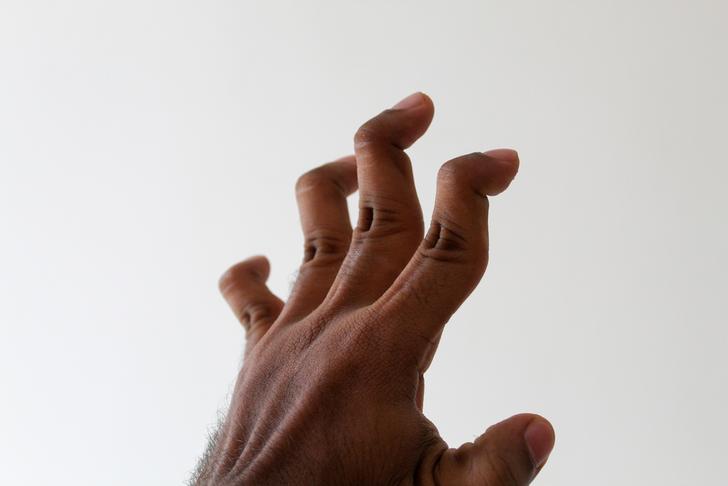
Advertisement
Causes of Knee Pain
Knee pain is a common condition with many possible causes. Some of the most common causes of knee pain include:
Arthritis: This includes osteoarthritis, rheumatoid arthritis, and gout, which cause inflammation in the joints leading to pain and stiffness.
Injuries: This could be due to a ligament tear (like an ACL tear), meniscus tear, or fractures due to accidents or sports injuries.
Overuse: Repetitive motions or an increase in physical activity can cause inflammation and pain.
Infections: Infections such as septic arthritis can cause pain and inflammation in the knee.
Other conditions: Diseases that affect other parts of the body, such as lupus or fibromyalgia, may also cause knee pain.
Advertisement
Treatments for Knee Pain
The treatment for knee pain depends largely on the underlying cause. Here are some of the most common treatments:
Medications: Over-the-counter pain relievers and anti-inflammatories are often used for temporary relief of knee pain.
Physical Therapy: Strengthening the muscles around the knee makes it more stable and can help reduce pain.
Injections: Steroids or lubricants can be injected into the knee to reduce pain and inflammation.
Surgery: If other treatments aren’t effective, surgical procedures, such as arthroscopy, partial knee replacement, or total knee replacement, may be necessary.
Lifestyle modifications: Maintaining a healthy weight, regular exercise, and use of knee supports can help manage and prevent knee pain.
Advertisement
Conclusion
Knee pain, while common, should not be disregarded, especially if it’s persistent or severe. It can be a sign of a more serious underlying condition. Paying attention to your symptoms and seeking professional medical advice is the first step towards effective treatment and relief from pain. Remember, early intervention can make a significant difference in the prognosis of the condition causing your knee pain. The proper treatment plan, which can range from medication and physical therapy to lifestyle modifications and possibly surgery, can help reduce pain, improve mobility, and enhance your quality of life.
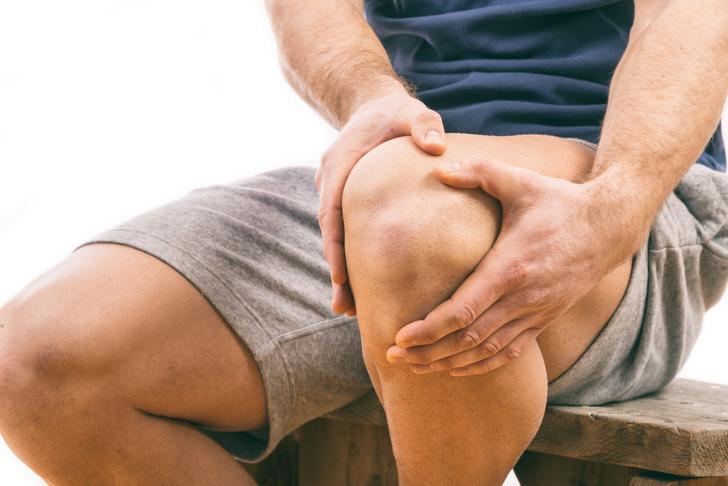
Advertisement





